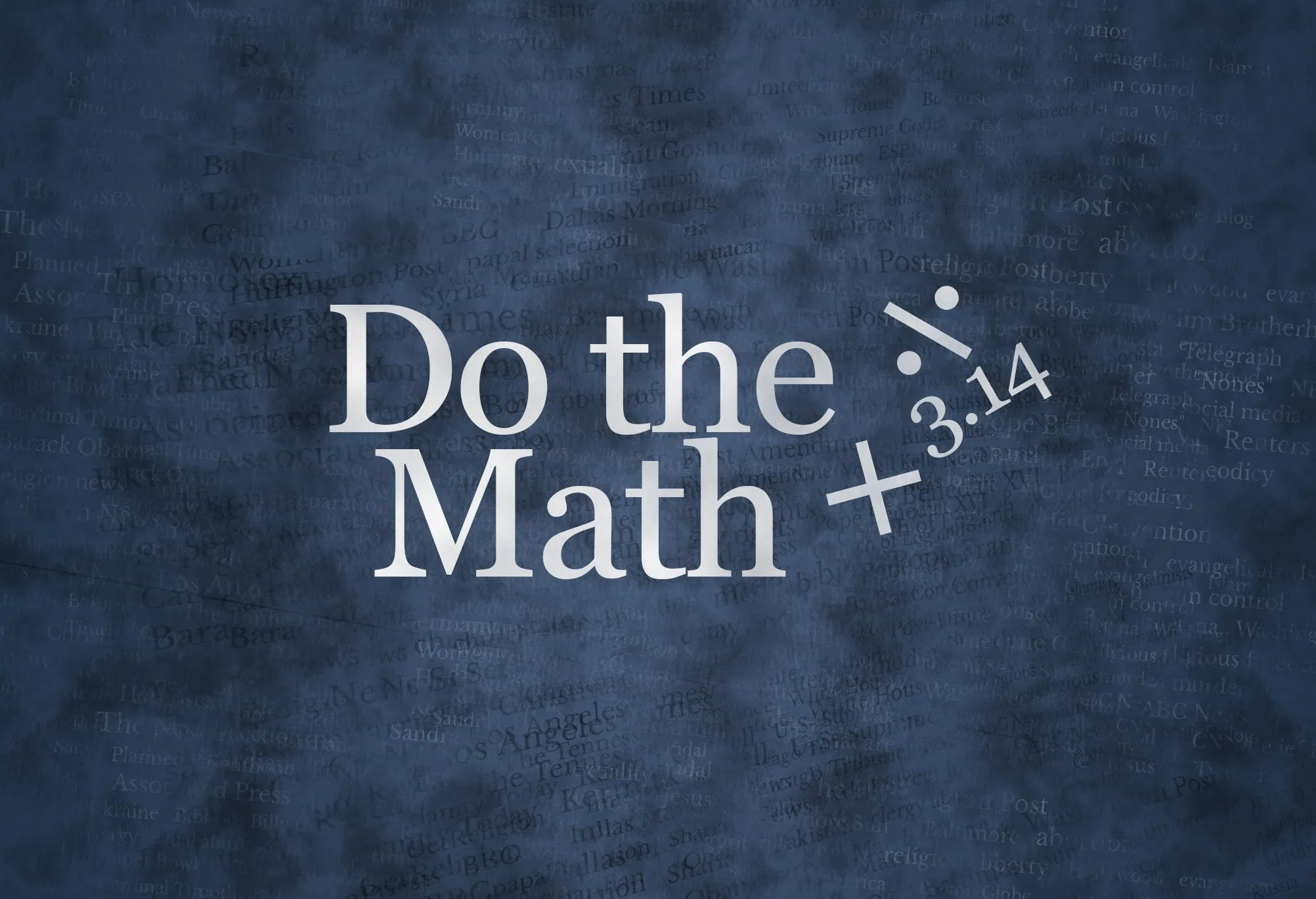It’s always a fun day when one of my trusted sources publishes some new raw data that I can use to better understand the religious and political world of the United States. That’s doubly true when it’s something other than survey data because it allows me to make data visualizations that are a bit different than the run of the mill bar and line graphs.
Earlier this month the Association of Statisticians of American Religion Bodies released the results of their 2020 Religion Census, which is a one of a kind dataset. Every 10 years, this very capable research team tracks religious organizations all the way down to the county level — which is a granularity that is astonishing.
For example, most surveys would be lucky to give you a sample that is large enough to understand religion at the state level. So, to have access to county level data unlocks thousands of possibilities.
This is the kind of detail that helps researchers — and journalists — look for news trends at the local and regional levels. There are news stories hidden in these numbers. The key is spotting them.
So, with that in mind, I took to map-making the last few weeks. I think that there’s a lot of surprising results in this new data.
Where is religion the most concentrated in the United States? Probably not where most people would guess.
According to data from the 2020 Religion Census, there’s obviously a strong pocket of believers in the Bible Belt — that isn’t surprising.
But there’s also a strong concentration of religious adherents up through the Great Plains and into places like the Dakotas and Minnesota. For generations, experienced reporters have called this the Lutheran Belt.
Where is religion not at? New England and the Pacific Northwest. Think “Nones” and people who are part of the crucial “nothing in particular” trend.
A nice addition to this version of the Religion Census is a concerted effort to track the geographic distribution of nondenominational Protestant Christians. This provides tremendous insight into the fastest growing religious movement in the United States.
The results from the Census data are interesting and worth some further reflection. There are lots of nondenominational Christians up the eastern seaboard. Even into places like western Pennsylvania, Ohio and Michigan there are strong concentrations of nondenoms. But it’s also notable how many non-denominational Christians are in the Pacific Northwest.
Also, note trends in Florida. Reporters who are interested in the shifting sands of Florida politics may want to compare zip codes that are full of nondenominational believers with changes in Latino voting patterns in elections. In the Orlando area, there are megachurches packed with Latino evangelicals and Pentecostals.
Sometimes, it’s the simplest graphs that make the biggest splash. That’s certainly the case with
this one about the United Methodist Church.
I had been told that United Methodists are everywhere, and that’s basically true. There’s a United Methodist Congregation in at least 95% of the counties in the United States, which is staggering to consider.
Over the next two or three years it will be fascinating to see what percentage of these counties lose a UMC congregation — or maybe several — when local churches vote to leave the denomination as part of denomination’s multi-decade war over the Bible, marriage and sexuality, with the ordination of noncelibate LGBTQ clergy as the flash point.
These fights are especially tense, right now, in the Midwest and the Bible Belt. Check out this story from Arkansas, for example. As always, follow the money.
This next one may be the best visualization that I made in 2022.
It took a very long time to write the code to generate these 12 maps and each time I render the image it takes about 30 seconds for my computer to spit out the new set of maps. There are a thousand stories to be written based on the information in this visualization.
The Catholic church is basically everywhere, much like the United Methodists. It’s also important to note how Southern Baptists have managed to grab a foothold even in places far away from their epicenter in the American South.
What’s nice about this new data is that I can keep myth busting.
For example, this next one centers on the idea that Muslims are taking over the United States. That’s a sentiment that was widespread after the attacks of September 11th. It’s staggering to consider that Muslims are a very small minority even in the counties where they are the most prevalent. And, that the Census takers couldn’t even find a single mosque in 83% of the counties in the United States.
Hopefully, this is just the beginning of scholars — and journalists — using the new Religion Census data to better understand the world around us. It’s a rich resource that offers tremendous insight into the changing religious landscape of the United States.

